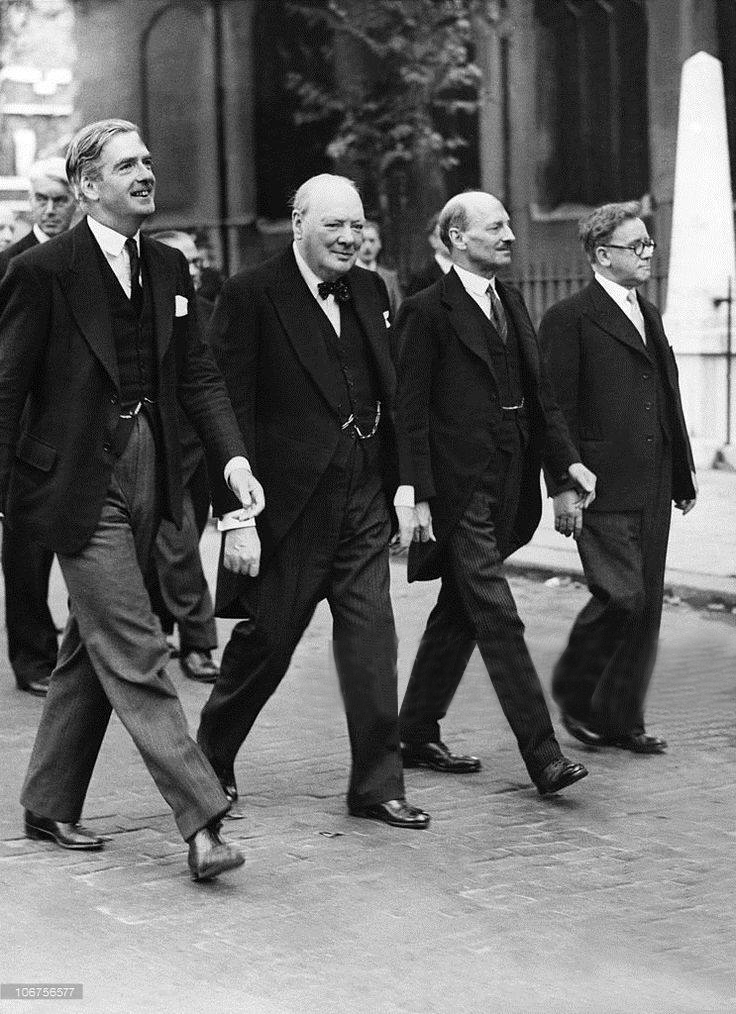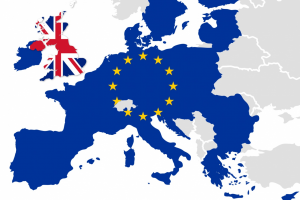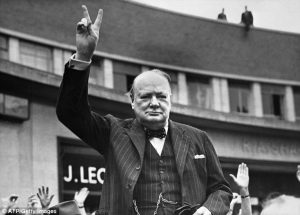Elite’s Power, and Interests in Britain

The British Political Elite: social and historical context and background
As class and social structure has a direct impact on political life, it seems appropriate to start the discussion by giving an outline of the social structure of Britain and of its modern history. To begin with we shall define the nature of the state and nation. In the political sphere, constitution remains unwritten and probably unwritable, and contains large elements that are the effect and residue of long established custom and convention, rather than legal or executive recognition, and is completely open to amendment in every particular, containing (and probably able to contain) no equivalent of the entrenched clause. Sovereignty resides, according to many observers, in the ‘Monarch in Parliament’, an expression which indicates the peculiar combination of hereditary monarchy and parliamentary representation that has led to the contemporary institutions. The actual locus of this sovereignty is in fact hard to determine: executive power is considered to reside not with the monarch but with the Prime Minister or, to be more exact, the Prime Ministerial Cabinet.
The United Kingdom “is probably the most homogeneous of all industrial countries. It is homogeneous because it is small, but this is not the only reason, some smaller countries, like Belgium or Switzerland, have more social diversity than Britain. Moreover, sources of diversity are also present in Britain, as is shown by the division of the United Kingdom into four countries, England, Wales, Scotland and Northern Ireland. What makes Britain appear homogeneous is the fact that the population is not uniformly spread in the four countries but highly concentrated in a small area. In the early part of the nineteenth century, the population of England became much greater than that of the three other countries combined, and a century later, Southern Ireland seceded from the United Kingdom. As a result, over 80% of the whole British population now reside in England.”1 Even in England itself one would find more diversity if the population were uniformly spread over the 50,000 square miles. In fact, the concentration of population is in a strip of territory of roughly half the whole area of England. In all the countries which form the thickly populated area, there live thirty five million people, or 80% of all Englishmen and two-thirds of the population of the British Isles. “The population is not only heavily concentrated in the centre and South-East. It also came to be agglomerated in large conurbations on a scale which has not been achieved in other industrial countries.”2 Almost two-fifths of the British people live in the seven major conurbations and almost one-fifth in the largest of all, the Metropolis. Urban areas are much more important in the social structure of Britain than they are in France, Italy or even Germany. “Within the central part of England the predominance of London increases the homogeneous character of the country. Germany never really had a capital; Italy has two; the supremacy of Paris has had to be imposed. London did not became the political, social, economic, cultural capital of the country as a result of a decision taken by some seventeenth- or eighteenth- century monarch. It has long been unchallenged, even though its predominance may still be resented in many parts of the provinces.”3 London is located in such a way that it can easily be reached by the majority of the population and can easily service large masses of people. At least 50% of the population of Britain can go London on business and return home on the same day. “Things might have been different if, as Paris is to most Frenchmen, London had been as distant to most British people as it is to the Scots.”4



